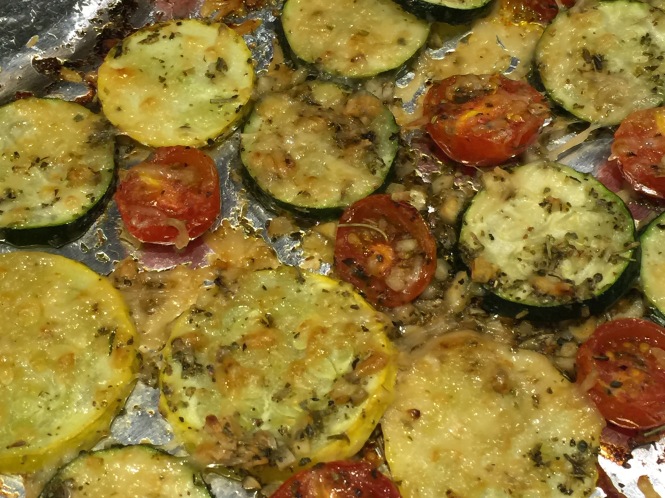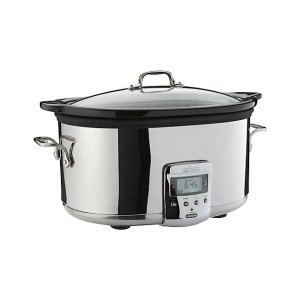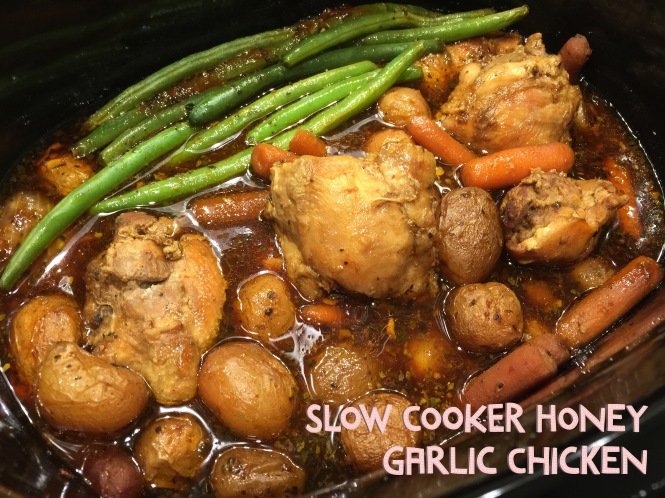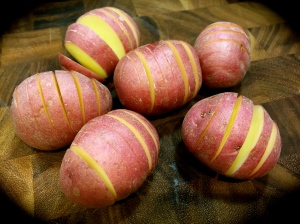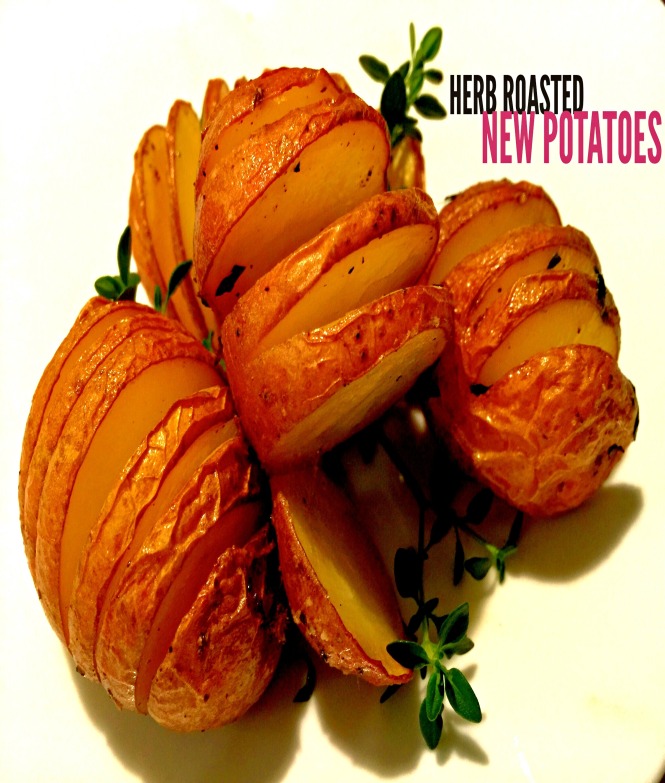A while back I had an out of town guest and I decided to make a special dinner for her, steak and lobster. I have a lobster recipe on this blog entitled Quick And Easy Lobster Tails, and as for the filet that recipe is yet to be posted. My guest turned me on to something that took the steak we had over the top. She mentioned that one of her favorite restaurants is Ruth Chris Steak House and said when they serve steaks they top them with a compound butter. I never tried that before but I can tell you if you want to be in steak heaven just put a pat of this compound butter on your next steak and you’ll never go back to plain old steak again!
This recipe couldn’t be any simpler and the flavor of this butter is a garlicky and herb heaven. The hardest part of the recipe is waiting for the butter to soften to room temperature. Then you simply add all the ingredients, mix, roll a log, refrigerate and serve once it’s firm again.
So lets talk garlic and herb compound butter…

Lesson Learned 1 – The butter must be room temperature soft: This means the butter must be mushy. The only way you’ll be able to evenly incorporate the ingredients is by making sure the butter is completely soft. You want the ingredients to be evenly incorporated throughout the butter as there is a lot of garlic in this recipe and you don’t want to wind up with big pockets of garlic and very little herbs.
Lesson Learned 2 – Don’t add any salt to this recipe: I recommend using salted butter for this recipe so there is no need to add any additional salt. If you add salt it may become overpowering. If you want to add some heat to this butter add some cracked black pepper or a very small amount of red pepper flakes but don’t overdo.
Lesson Learned 3 – This compound butter can be used in a variety of ways: Not only will this compound butter give you the most delicious steak you’ve ever tasted but it is fabulous for making garlic bread or putting on a baked potato. If you plan on doing a vegetable saute you can use this butter instead of an oil and it will wildly enhance the flavor of the veggies. Or just steam your veggies and put a pat of this butter on top.
 Lesson Learned 4 – Don’t make this butter if you don’t like garlic: This butter has a healthy dose of grated garlic in it and the flavor is very robust. If you don’t like garlic you won’t like this compound butter. I recommend using fresh cloves of garlic and a grater to process the garlic. Grating fresh garlic, in my estimation, allows the full garlic flavor to shine through.
Lesson Learned 4 – Don’t make this butter if you don’t like garlic: This butter has a healthy dose of grated garlic in it and the flavor is very robust. If you don’t like garlic you won’t like this compound butter. I recommend using fresh cloves of garlic and a grater to process the garlic. Grating fresh garlic, in my estimation, allows the full garlic flavor to shine through.
Lesson Learned 5 – The ingredient amounts in the recipe are a guideline: The beauty of this butter is that you can adjust the ingredients to suit your taste. If you don’t want the butter quite as garlicky then use a little less. If you want a little more flat leaf parsley, feel free to add it. When I make this butter I normally just eyeball what I put in always erring on a little less until I mix everything together and see what I’ve got. The flavor combinations are really all up to you.

And that’s it. I am originally from Chicago and there was an Italian restaurant on the North Side that made the best garlic bread. Since moving away from Chicago I have not been able to find anything close to that garlic bread – until now! This butter slathered on top of a sliced baguette and baked in the oven (I bake it in my toaster oven) is simply divine. And when I pull this bread out of the oven I take some more of the butter and let it melt on top of the warm bread. I guarantee you it will be garlic bread heaven!
So try this compound butter and let me know what you think. These days I am never without a stick of it in my refrigerator!
Garlic And Herb Compound Butter...
INGREDIENTS:
1 stick softened salted butter
4-5 medium cloves of garlic, grated
1 Generous TB chopped chives,
1 Generous tsp. chopped flat leaf parsley
DIRECTIONS:
Combine all ingredients until well mixed. Place softened butter in the center of a piece of clear plastic wrap. Fold one side of the plastic wrap over the butter and roll the butter back and forth until it forms a log. Use the remaining plastic wrap to completely seal the rolled log. Chill until firm. Serve with steak, on bake potatoes, or garlic bread. Actually the possibilities are endless.


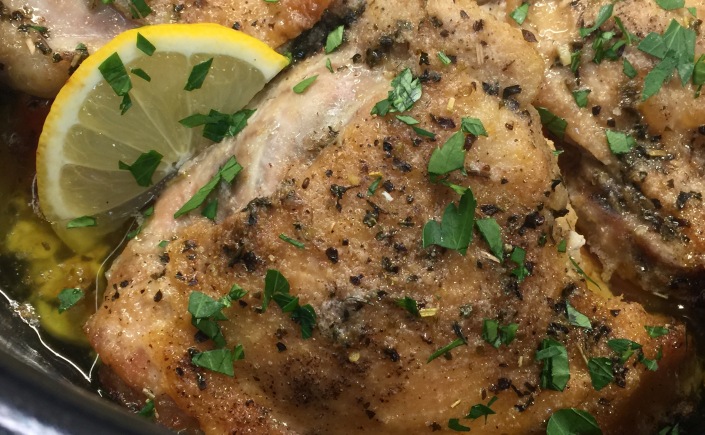
 Lesson Learned 1 – Recipes are designed to be guides, not gospel: The instructor in one of my more recent cooking classes said this and it really struck home with me. When you are making something savory, make the recipe your own. You don’t have to follow the recipe exactly ingredient by ingredient. Now mind you, this is not the case when you’re baking – you need to be precise with those recipes. But savory recipes can take on a life of their own depending upon your likes and dislikes. So feel free to experiment. Some of my most popular recipes were a result of doing just that.
Lesson Learned 1 – Recipes are designed to be guides, not gospel: The instructor in one of my more recent cooking classes said this and it really struck home with me. When you are making something savory, make the recipe your own. You don’t have to follow the recipe exactly ingredient by ingredient. Now mind you, this is not the case when you’re baking – you need to be precise with those recipes. But savory recipes can take on a life of their own depending upon your likes and dislikes. So feel free to experiment. Some of my most popular recipes were a result of doing just that.






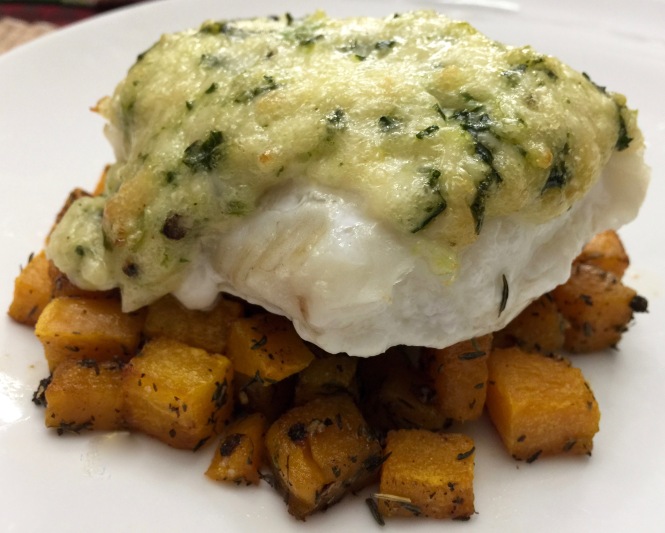









 Lesson Learned 1 – Make sure to cut the potatoes to the correct size: For the purposes of this recipe you need to keep the pieces close in size (approx. 3/4 inch pieces). Here’s a little trick to help you achieve that. Using your chef’s knife cut a thin slice off of one of the longer sides of a peeled potato. Set the potato on the cut side and slice crosswise into even planks. Stack several planks and cut crosswise. Then rotate and cut crosswise again. This will give you evenly sliced potatoes.
Lesson Learned 1 – Make sure to cut the potatoes to the correct size: For the purposes of this recipe you need to keep the pieces close in size (approx. 3/4 inch pieces). Here’s a little trick to help you achieve that. Using your chef’s knife cut a thin slice off of one of the longer sides of a peeled potato. Set the potato on the cut side and slice crosswise into even planks. Stack several planks and cut crosswise. Then rotate and cut crosswise again. This will give you evenly sliced potatoes. Lesson Learned 2 – You can cook the pieces of potatoes two different ways, on the stovetop or in the microwave: (I will include both methods in the recipe printout). I chose to cook them on the stove. The process is not much different than making mashed potatoes. The only difference is you want to monitor the potatoes as they boil to make sure they don’t get overly soft, otherwise they’ll break apart. You want them to hold their shape. I would boil them for about 7-10 minutes and check their consistency. If they are still hard, check every couple of minutes until they are just becoming fork tender.
Lesson Learned 2 – You can cook the pieces of potatoes two different ways, on the stovetop or in the microwave: (I will include both methods in the recipe printout). I chose to cook them on the stove. The process is not much different than making mashed potatoes. The only difference is you want to monitor the potatoes as they boil to make sure they don’t get overly soft, otherwise they’ll break apart. You want them to hold their shape. I would boil them for about 7-10 minutes and check their consistency. If they are still hard, check every couple of minutes until they are just becoming fork tender. Lesson Learned 5 – Don’t continuously move the potatoes once they are in the skillet: In order to get the potatoes nice and brown you have to let them sit for a while in the skillet. The whole browning process can take about 20 minutes and you don’t want to be flipping the potatoes continuously during that time. If you want to check to see if they are ready to flip, turn one of the pieces or look on the sides of the pieces to see if the bottoms have started to to turn color. You’ll get a much better result if you are patient during the browning process.
Lesson Learned 5 – Don’t continuously move the potatoes once they are in the skillet: In order to get the potatoes nice and brown you have to let them sit for a while in the skillet. The whole browning process can take about 20 minutes and you don’t want to be flipping the potatoes continuously during that time. If you want to check to see if they are ready to flip, turn one of the pieces or look on the sides of the pieces to see if the bottoms have started to to turn color. You’ll get a much better result if you are patient during the browning process.
 2 large russet potatoes, peeled and sliced into 3/4 inch cubes
2 large russet potatoes, peeled and sliced into 3/4 inch cubes







